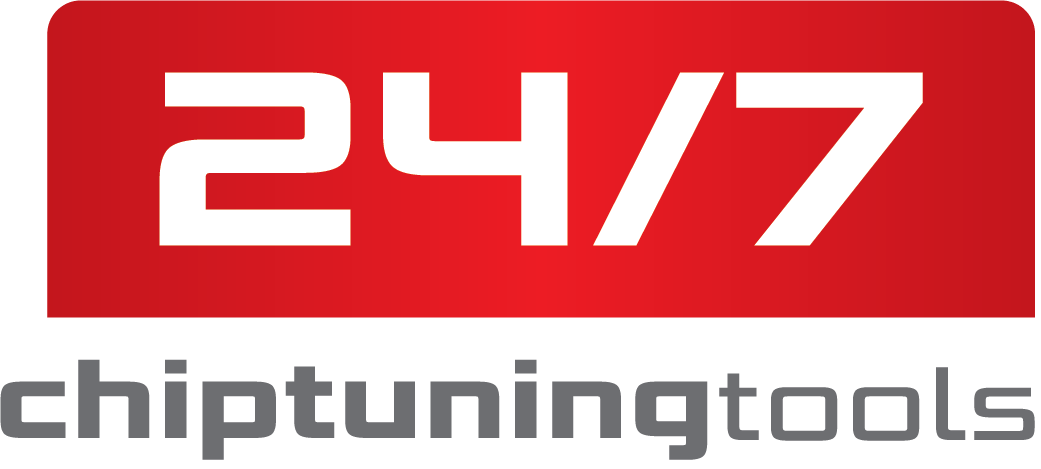Chiptuning, also known as engine tuning, is the process of modifying a vehicle’s engine control unit (ECU) to improve its performance. This can be done through the use of specialized tools known as chiptuning tools. There are two main types of chiptuning tools: master tools and slave tools. In this post we will explain the difference between a master and a slave tool.
Master chiptuning tools, also known as professional chiptuning tools, are designed to be used by trained professionals in a workshop setting. These tools are typically more expensive and offer a wider range of features and capabilities compared to slave tools. They are typically used to write new software onto the ECU, allowing for the modification of a wide range of engine parameters such as fuel injection, ignition timing, and boost pressure.
In addition to writing new software onto the ECU, master chiptuning tools often offer diagnostic capabilities, allowing professionals to troubleshoot any issues with the vehicle’s engine. They may also offer additional features such as data logging and real-time analysis, which can be useful for fine-tuning the engine’s performance.
Slave chiptuning tools, on the other hand, are designed for use by non-professional enthusiasts. They are typically cheaper and less feature-rich than master tools. Rather than being able to write new software onto the ECU, slave tools are used to read and modify existing software. This means that the range of engine parameters that can be modified is more limited compared to a master tool.
Slave chiptuning tools are often easier to use than master tools, as they typically have a more user-friendly interface and require less training to operate. However, their limited range of capabilities means that they are not suitable for more complex or extensive engine modifications.
So, what is the difference between a master and a slave tool?
- Price: As mentioned, master chiptuning tools are typically more expensive than slave tools. This is due to the wider range of features and capabilities that they offer.
- Range of capabilities: Master chiptuning tools offer a wider range of capabilities, including the ability to write new software onto the ECU and offer diagnostic capabilities. This allows for more extensive modification of engine parameters and troubleshooting of any issues with the vehicle’s engine. Slave tools, on the other hand, are limited to modifying existing software and do not offer the same range of diagnostic capabilities.
- Professional use: Master chiptuning tools are primarily used by trained professionals in a workshop setting, while slave tools are more geared towards non-professional enthusiasts.
It is important to note that while master chiptuning tools offer a wider range of capabilities and are generally more expensive, they are not always necessary for every engine tuning project. For simple modifications or minor adjustments, a slave chiptuning tool may be sufficient. However, for more complex projects or for professional use, a master chiptuning tool may be a better choice.
In summary, the main difference between master and slave chiptuning tools is the range of capabilities and the intended user group. Master tools offer a wider range of features and are primarily used by professionals, while slave tools are more limited in terms of capabilities and are primarily used by non-professional enthusiasts.
Check our webshop to see our big stock of chiptuning tools and accessoires.


